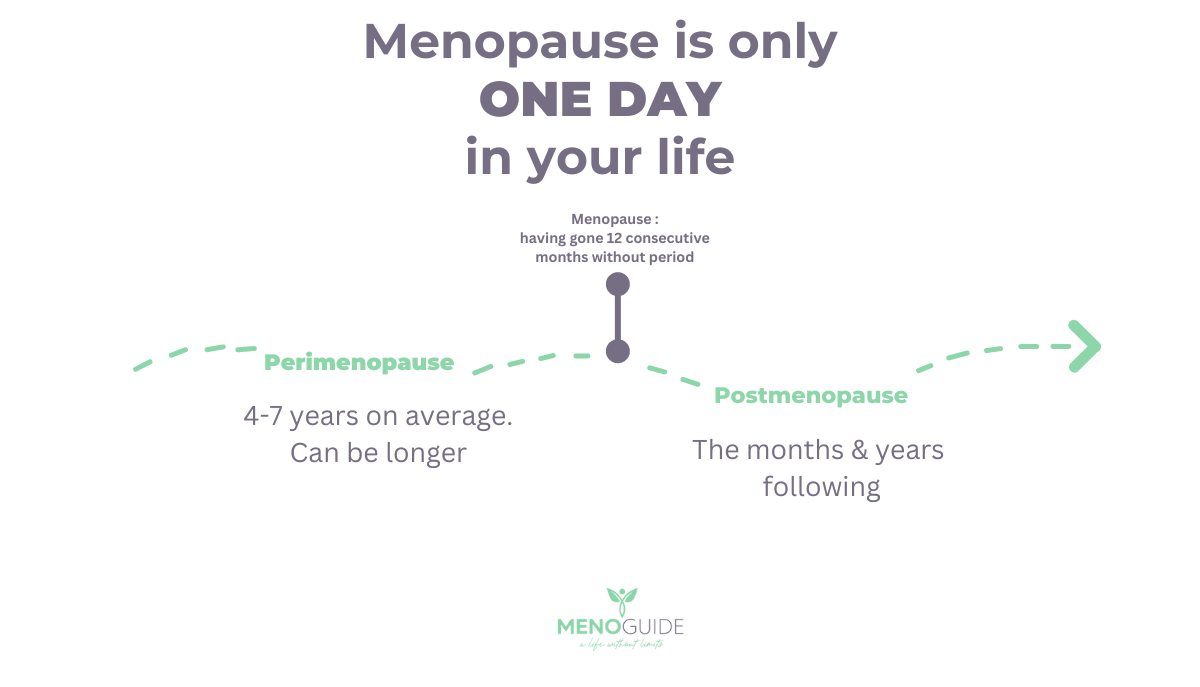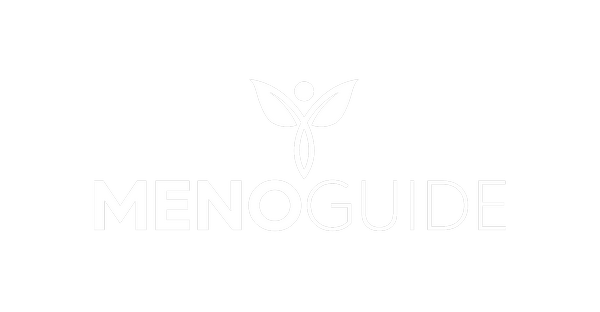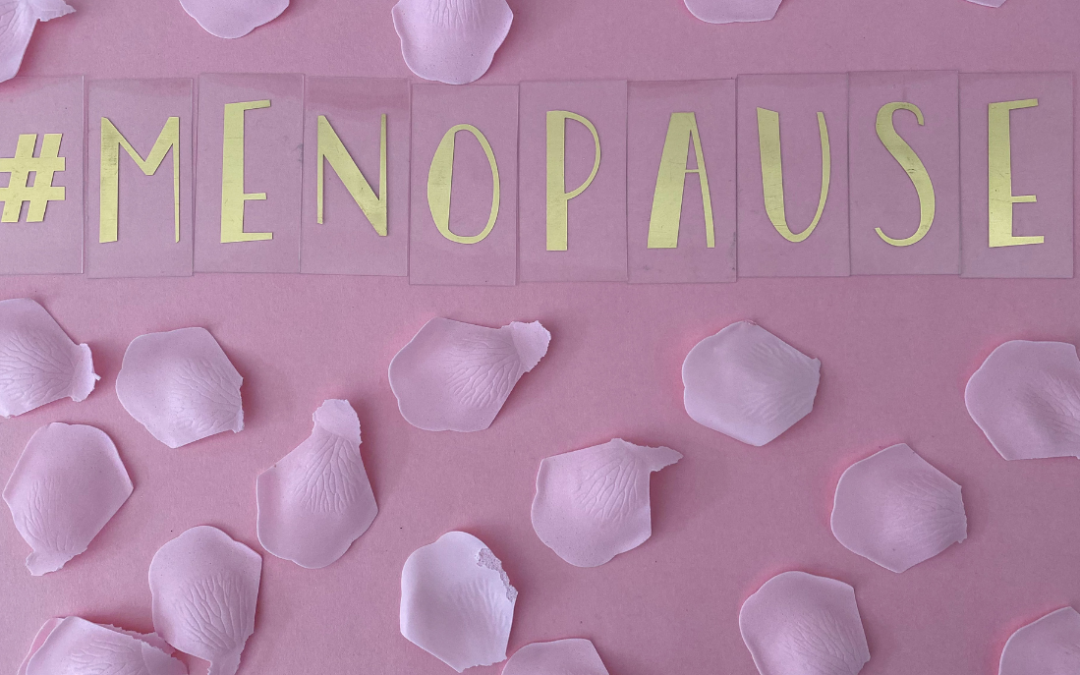Reading Duration: 7 minutes
Are you experiencing symptoms like hot flushes, night sweats, or mood changes? It might be time to consider the possibility of perimenopause. Understanding the stages of menopause and the options available for menopause treatment is essential for any woman navigating this natural phase of life. In this post, we’ll break down the steps for menopause diagnosis and explore various treatment plans.
What is Menopause?
Understanding the Basics
Menopause is the natural decline in reproductive hormones, oestrogen, progesterone and testosterone, typically when a woman reaches her 40s or 50s. It is a normal part of ageing. Menopause diagnosis usually occurs when a woman has gone 12 months without a menstrual period. During the normal course of menopause, there are fluctuations and then a gradual decline in the levels of these hormones. It is these changes that lead to the many different symptoms women experience.
Medical or surgical menopause is very different.
Medical menopause describes a treatment that stops ovarian function. This can be temporary or long-term. Surgical menopause occurs when you have both ovaries removed. This may occur during the removal of your womb (hysterectomy). The reasons for surgical menopause are wide-ranging.
Tip: For an in-depth understanding of menopause, read this article by NHS.
The Stages of Menopause
- Premenopause
- Perimenopause
- Menopause
- Postmenopause
Understanding your stage is crucial in managing symptoms and ensuring proper care. Agile Life Sciences are developing an innovative test called MenoGuide, which aims to help you and your healthcare professional understand where you are in your menopause journey.
Tip: Stay tuned for MenoGuide’s launch by following Agile Life Sciences on Twitter.
Menopause Diagnosis – Knowing When You’re There
Common Symptoms
- Hot flushes
- Night sweats
- Vaginal dryness
- Mood changes
- Menstrual cycle changes
- Joint and Pain muscles
- Low sex drive
Diagnostic Tests
Menopause diagnosis involves evaluating symptoms and, in some cases, conducting hormone tests. Speak to a healthcare professional for an accurate diagnosis.

Menopause Treatment – Customising Your Care Plan
Hormone Replacement Therapy (HRT)
HRT can be an effective menopause treatment for managing symptoms by replacing hormones that the body stops making.
Learn more about HRT in our recent blog here.
Non-Hormonal Medications
There are also non-hormonal medications available for managing specific menopausal symptoms.
Lifestyle Changes and Home Remedies
Simple lifestyle changes such as maintaining a balanced diet, regular exercise, and managing stress can make a big difference.
Alternative Medicine
Some women find relief in alternative medicines, such as phytoestrogens and herbal supplements.
Individualised Treatment with MenoGuide
When MenoGuide launches, it will revolutionise the way menopause treatment is approached by providing individualised treatment plans informed by a deeper understanding of each woman’s menopause journey.
Here is a little snippet from our podcast about MenoGuide. Full podcast here.
Building a Support System
Communicating with Healthcare Professionals
It’s important to have open communication with your healthcare professional regarding symptoms and menopause treatment options. Tracking apps are a useful way to monitor symptoms and support conversations with your healthcare professional.
Peer Support
Engage in community groups or online forums for support and shared experiences. Connect with other women like you, sharing practical advice & offering emotional support from their real-life expertise.
Conclusion
Understanding menopause and being proactive about your menopause diagnosis and treatment can greatly improve your quality of life during this transitional phase. Keep an eye out for the launch of MenoGuide by Agile Life Sciences for a more personalised approach to managing menopause.
Follow us on our socials for regular updates.


